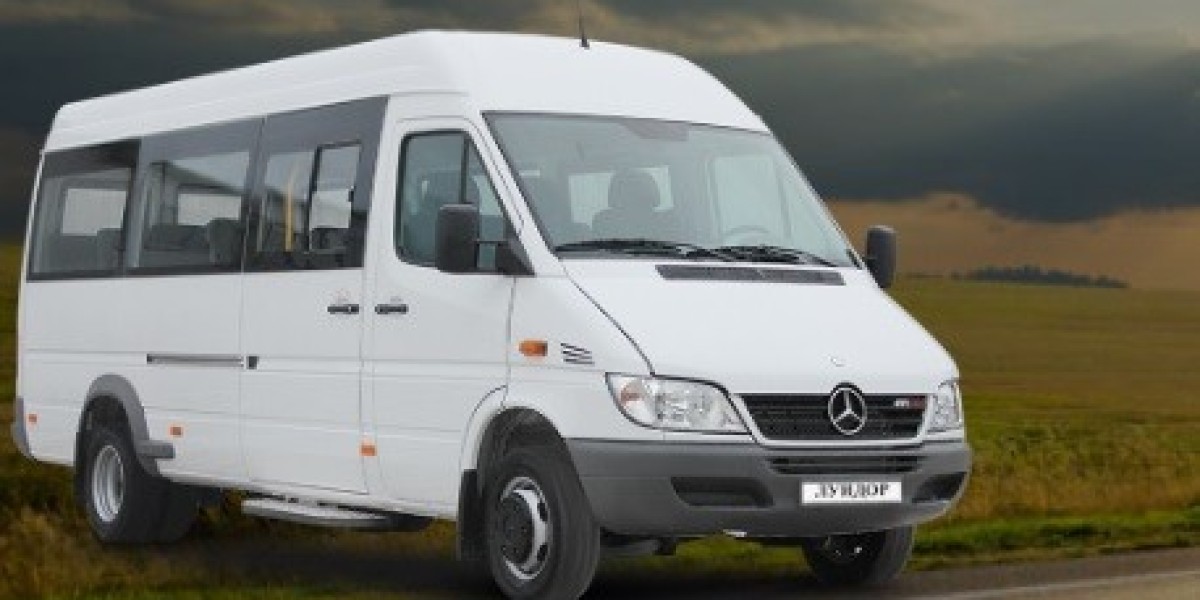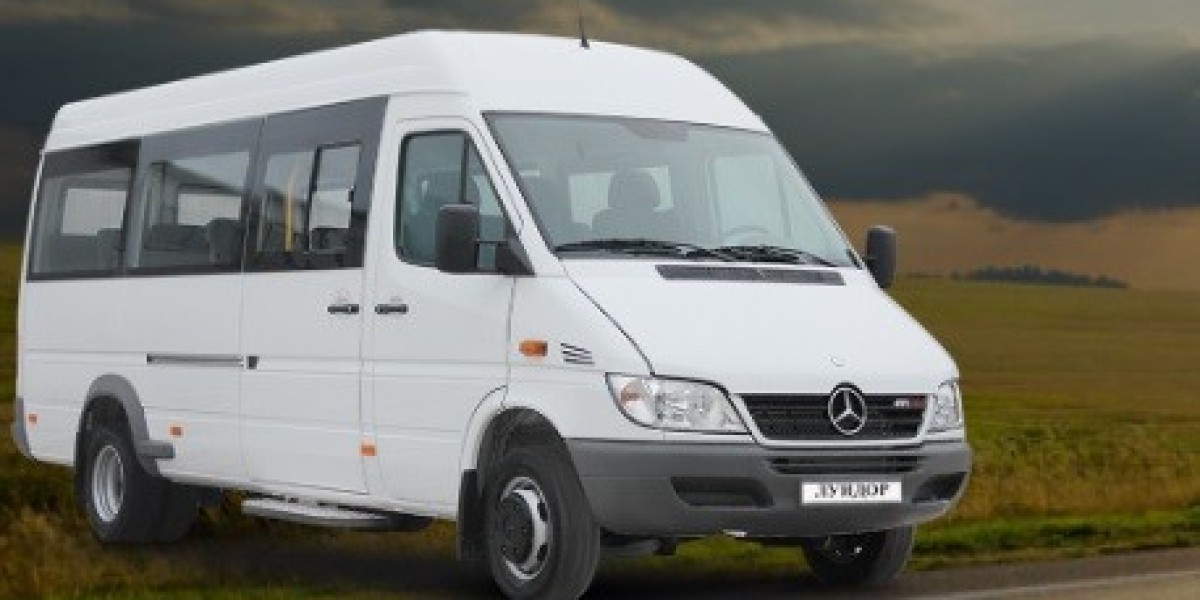South Florida is a dynamic region known for its vibrant cities, sprawling beaches, and diverse population. With an expansive landscape that includes urban hubs such as Miami, Fort Lauderdale, and West Palm Beach, transit in South Florida plays a crucial role in connecting residents, tourists, and businesses. Whether you're commuting to work, exploring the beaches, or simply navigating the region, understanding the transportation options available is key to efficient and affordable travel.
Public Transportation in South Florida
One of the most widely used modes of transport in South Florida is public transit. The region is served by several public transit systems that provide reliable and affordable travel options for locals and visitors alike. These services are designed to accommodate the diverse needs of the population, from daily commuters to those visiting for the first time.
Miami-Dade Transit
Miami-Dade Transit (MDT) is the cornerstone of public transportation in the Miami metropolitan area, serving both residents and tourists. MDT operates a variety of services, including buses, the Metrorail, and the Metromover.
Metrorail: The Metrorail is an elevated rapid transit system that spans 25 miles, connecting key neighborhoods and major destinations throughout Miami. It runs from the southern areas of Dadeland and South Miami, all the way up to the northern parts of the city, including the Miami International Airport and the downtown district. The Metrorail offers an efficient, air-conditioned way to travel, with stations that are conveniently located near commercial and residential areas.
Metromover: The Metromover is a free, automated transit system that operates exclusively in the downtown Miami area. It connects key neighborhoods, including Brickell, Bayside, and the Museum Park district. It's an excellent option for visitors looking to explore Miami's downtown without the hassle of traffic and parking.
Buses: Miami-Dade Transit’s extensive bus network covers nearly every part of the county, offering a low-cost way to navigate areas that are not directly served by Metrorail or Metromover. With over 90 bus routes, this network serves residential neighborhoods, shopping centers, and tourist attractions, making it an accessible option for many.
Broward County Transit
Broward County, which encompasses cities like Fort Lauderdale, Hollywood, and Pembroke Pines, operates its own transit system known as Broward County Transit (BCT). BCT provides a wide range of services aimed at making travel within the county and beyond both convenient and affordable.
Buses: BCT operates an extensive fleet of buses, which service over 40 routes, covering a significant portion of Broward County. From major roadways like Federal Highway and US 1 to more suburban areas, BCT buses offer a reliable and economical alternative to driving. These buses also connect to other regional transit services, including the Tri-Rail and Brightline stations, enhancing inter-city travel.
Sun Trolley: The Sun Trolley is another key service in Fort Lauderdale. This trolley system connects neighborhoods along the beach, Las Olas Boulevard, and other popular attractions. It's an affordable and scenic way to explore the heart of Fort Lauderdale without worrying about parking.
Palm Tran
For residents and visitors in Palm Beach County, Palm Tran is the primary public transportation service provider. Palm Tran offers bus services that connect various parts of Palm Beach County, including West Palm Beach, Boca Raton, and Wellington. It also provides access to major routes and key destinations like the Palm Beach International Airport.
Commuter Rail Services
Commuter rail is an increasingly popular transportation choice for South Florida residents, especially those who live in suburban areas and commute to urban centers for work. The region is served by two major commuter rail systems, Tri-Rail and Brightline.
Tri-Rail
Tri-Rail is a commuter rail service that spans the entire length of South Florida, connecting Miami, Fort Lauderdale, and West Palm Beach. The service operates along the Florida East Coast Railway tracks and offers a fast, comfortable, and affordable way for commuters to travel between these major cities. Tri-Rail stations are conveniently located near business hubs, major residential areas, and airports, making it a practical option for daily travel.
Affordable and Reliable: Tri-Rail provides affordable fares, with various options for daily, weekly, and monthly passes. This makes it an ideal choice for commuters who want to avoid the stresses of traffic and high gas prices.
Connections to Other Services: Tri-Rail connects to Miami-Dade Transit’s Metrorail and Metrobus services, as well as Broward County Transit and Palm Tran, creating an integrated network that makes it easy to transfer between different modes of transport.
Brightline
Brightline, a higher-speed rail service, offers an upscale, comfortable, and fast travel option between Miami, Fort Lauderdale, and West Palm Beach. This modern rail system is designed to cater to both business and leisure travelers, with luxurious amenities like Wi-Fi, spacious seating, and an onboard café.
Fast Travel: Brightline offers faster travel times than Tri-Rail, thanks to its higher speeds and more limited stops. It's an ideal option for those who prioritize convenience and speed when traveling between major cities in South Florida.
Service Expansion: Brightline is continuing to expand, with plans to extend its service to Orlando and other destinations. This expansion will significantly enhance the region's rail infrastructure and provide even more travel options for residents and tourists.
Ride-Sharing and Taxis
In addition to public transit and commuter rail, ride-sharing services such as Uber and Lyft have become extremely popular in South Florida. These services provide a flexible and convenient option for those who need to travel short distances or prefer not to rely on public transportation. Ride-sharing services are especially useful in areas with limited public transit access or for those who want a more personalized experience.
Traditional taxis are also widely available, particularly in major tourist areas and at airports. However, ride-sharing services have largely overtaken taxis in popularity due to their ease of use, lower costs, and ability to track rides via smartphone apps.
Biking and Walking
For those who prefer a more eco-friendly and active mode of transportation, South Florida offers numerous opportunities for biking and walking. Many cities in the region, including Miami and Fort Lauderdale, have invested heavily in bike lanes and pedestrian-friendly infrastructure to make it easier and safer for people to travel without a car.
Biking: Miami Beach, for example, offers a bike-sharing program known as DecoBike, which allows residents and visitors to rent bikes for short trips. Fort Lauderdale has similar bike-share programs, with dedicated bike lanes throughout the city.
Walking: Many areas in South Florida, especially in downtown districts and popular tourist destinations, are pedestrian-friendly. The prevalence of sidewalk cafes, parks, and public spaces makes walking a pleasant and convenient option for exploring the area.
South Florida Transportation for Tourists
South Florida is one of the most visited regions in the United States, with millions of tourists flocking to the area every year. To accommodate the influx of visitors, there are numerous transportation options specifically designed for tourists, such as shuttle services, sightseeing tours, and transportation to popular destinations like the Miami Seaquarium or the Everglades.
Airport Transportation: Miami International Airport (MIA), Fort Lauderdale-Hollywood International Airport (FLL), and Palm Beach International Airport (PBI) are key entry points to South Florida. All three airports offer a variety of ground transportation options, including taxis, ride-sharing services, shuttles, and rental cars, ensuring that visitors can easily reach their destinations upon arrival.
Tourist Shuttles: Many hotels and resorts in the area provide shuttle services to major attractions, shopping centers, and the beaches. These services are convenient for tourists who want a stress-free way to get around.
Conclusion
Transit in South Florida is an essential aspect of daily life for both residents and visitors. With a wide variety of transportation options, including public transit, commuter rail, ride-sharing, biking, and walking, navigating this vibrant region has never been easier. Whether you're commuting for work or exploring the diverse cities and attractions, the transit systems in South Florida are designed to meet the needs of all types of travelers. Understanding these options can help you make the most of your time in South Florida, ensuring that you can travel efficiently and affordably.








